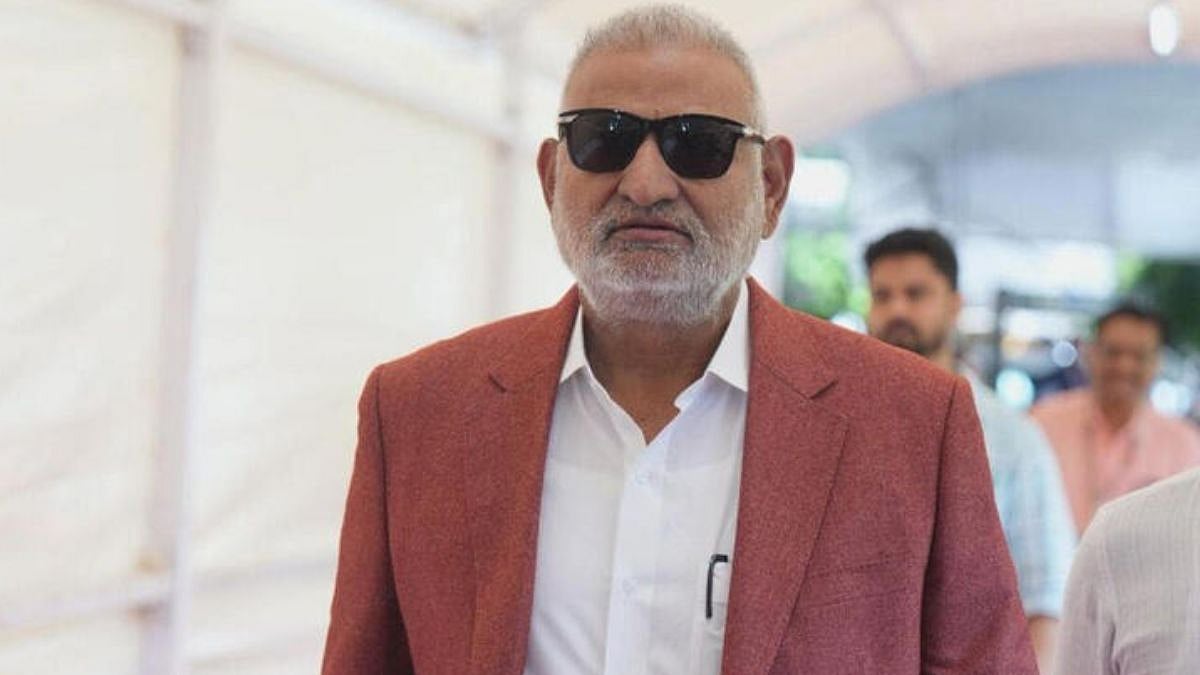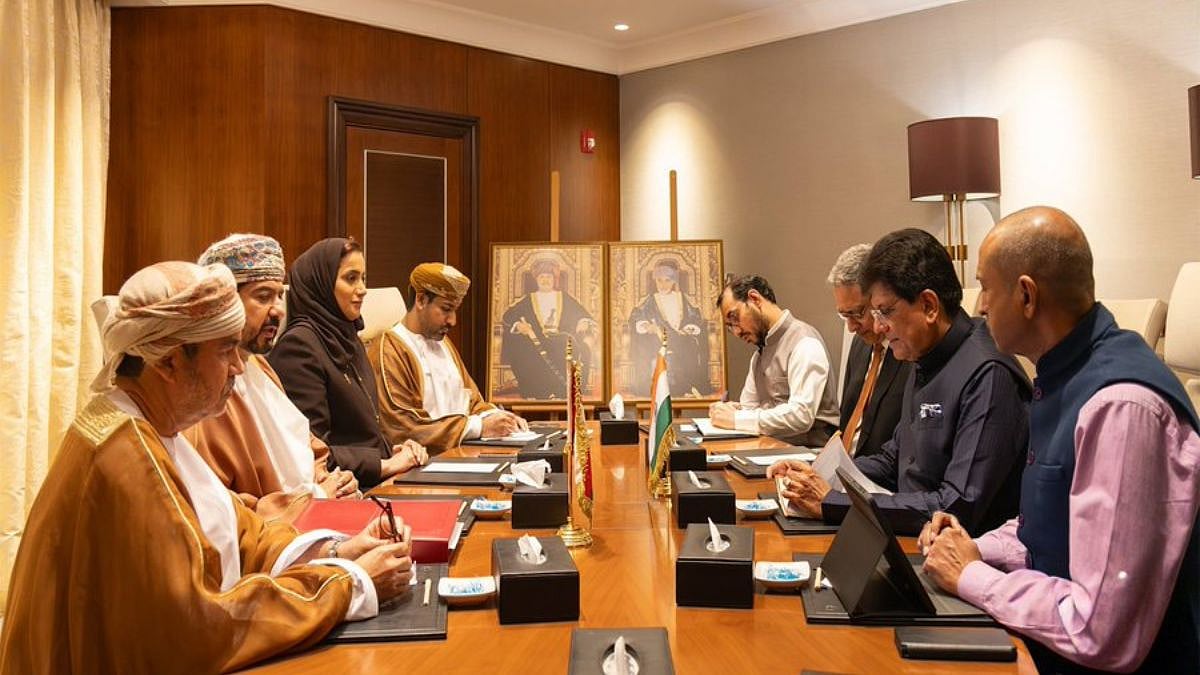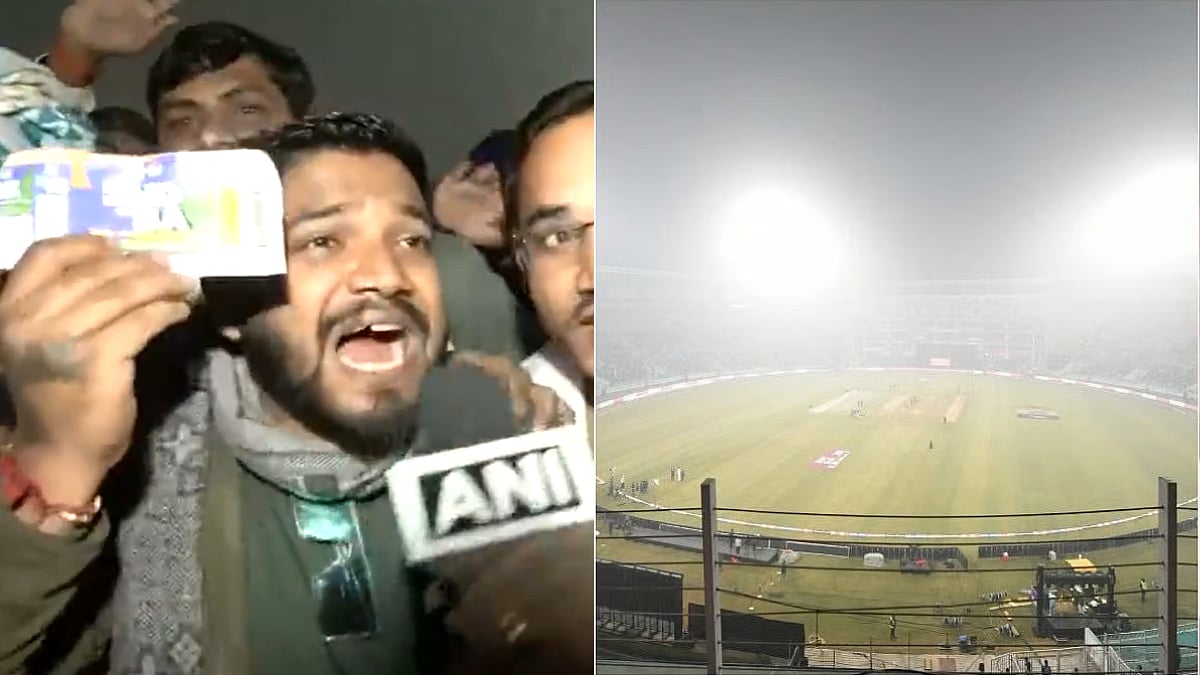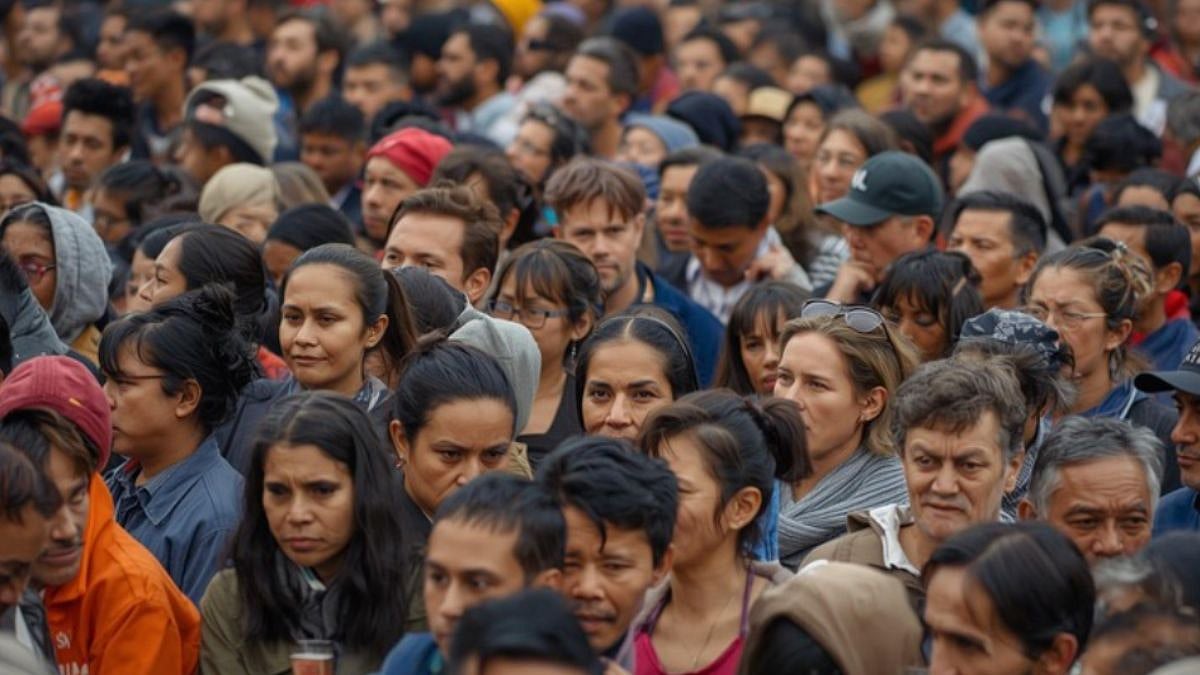Russia has been a steady and time-tested partner. Any objective evaluation of our relationship over many decades would confirm that it has actually served both our countries very, very well. — External Affairs Minister S Jaishankar at a joint press conference with Russian foreign minister Sergey Lavrov in Moscow, November 8.
Those words obviously didn’t go down too well in Washington, which has been trying to bring Moscow to its knees using unprecedented sanctions and military muscle following the Russian invasion of Ukraine in late February.
Apart from the disruption in the global supply chains (commodities, raw materials, logistics, digital services, and of course energy) yet to fully recover from the pandemic, the brutal sanctions and the prolonged conflict in Ukraine has sparked a major reconfiguration in the global order, which is yet to fully play out.
Europe, which imports nearly 40% of its oil and gas from Russia, faces an extremely bleak winter unless it can find other sources to heat its homes and offices. US President Joe Biden’s personal request to Saudi Arabia and the OPEC to pick up the slack fell on deaf ears, with OPEC + (which includes Russia), at its first non-virtual meeting in Vienna in October since the pandemic started in March 2020, deciding to cut production by 2% to boost oil prices.
India and China, which have not joined the sanctions against Russia, are now the top two importers of Russian oil at heavily subsidised rates, accounting for more than half of Russia’s sea-borne oil exports. Indian imports have gone up almost 20-fold since Russian troops entered Ukraine in February. According to a BBC report, China and India imported more oil from Russia than the 27 EU member states in March this year.
As Mr Jaishankar reiterated clearly at the press conference with Mr Lavrov, “as the world’s third-largest consumer of oil and gas, a consumer where the levels of income are not very high, it is our fundamental obligation to ensure that the Indian consumer has the best possible access on the most advantageous terms to international markets.”
While the US officially insists that it understands India’s compulsions, it is significant that Mr Jaishankar’s statement comes ahead of US-led plans to put a price cap on sea-borne and piped oil supplies from December 5 to avoid throttling the global oil market. New Delhi is very unlikely to support any such cap. But, as Mr Jaishankar spelt out, there’s a lot more to the Indo-Russian relationship than just oil.
Mr Jaishankar, who led a large delegation comprising senior officials from several key ministries, said discussions focused on areas where the two countries have a “natural convergence of interests”.
Steps to ramp up regional connectivity through the International North-South Transport Corridor (INSTC) via central Asia and Iran and the Vladivostok-Chennai maritime route were also discussed, and India said it would attend the “Moscow Format” talks on the situation in Afghanistan later this month, which would also have China and Pakistan among other regional countries in attendance.
The Indo–Soviet Treaty of Peace, Friendship and Cooperation signed in August 1971 was a critical factor behind India’s win in the brief war with Pakistan later that year, which ended with East Pakistan becoming the independent state of Bangladesh. American and British warships — including the carrier group led by the USS Enterprise — on their way to intimidate India were startled to find Russian nuclear submarines, as well as a small flotilla of cruisers and destroyers, headed the same way. And in the north, the Soviets deployed 44 motorised divisions on the Sino-Soviet border, thus deterring Beijing from putting pressure on the Indian land border.
In April 1984, it was a Soviet Soyuz T-11 rocket which took cosmonaut Rakesh Sharma, the first and so far only Indian, into outer space.
Russian weapons and weapons systems have been the mainstay of the Indian armed forces from the time of the erstwhile Soviet Union and the Cold War era. Between 2011 and 2021, India imported more than $20bn worth of Russian defence equipment. Russia has leased nuclear-powered submarines to the Indian navy, a privilege no other country enjoys. Russian weapons and weapons systems including fighter aircraft and tanks, as well as small arms, were produced in India long before the make-in-India project was launched.
In October 2018, India signed up for five S-400 air defence missile systems from Russia worth $5.5 billion, and firmly rejected subsequent US pressure to cancel the deal. BrahMos Aerospace, a joint venture between India’s DRDO and Russia’s NPO Mashinostroyenia, jointly manufactures supersonic cruise missiles which are now being exported to other nations. And during President Putin’s visit to India for the annual summit last year, the two countries signed a $677m deal to produce AK-203 assault rifles in India.
Although the US funded India’s first nuclear power plant and trained Indian nuclear scientists in the 1960s, India’s refusal to sign the Nuclear Non-Proliferation Treaty in 1968 and conducting its first nuclear tests in 1974 led to a wave of Western sanctions. New Delhi turned to the Soviet Union, which agreed to supply the heavy water needed to keep India’s Canadian-built reactors running and to eventually build two more pressurised light water reactors. After the collapse of the Soviet Union, Russia pledged to help build six more Indian nuclear reactors. India’s second round of tests in 1998 led to more US sanctions, and further strengthened Indo-Russian nuclear cooperation.
The 2008 India-US civilian nuclear deal led to a thaw and eventually a growing strategic relationship between the two nations, which was subsequently fuelled further by their respective concerns over China’s belligerent rise. New Delhi’s growing strategic alliance with the US as well as Moscow’s growing bonhomie with China did lead to a bit of heartburn in both capitals, although both sides repeatedly insisted it was not an either-or situation.
The Ukraine crisis appears to have not just validated, but strengthened that position.
The writer is a foreign and strategic affairs analyst









